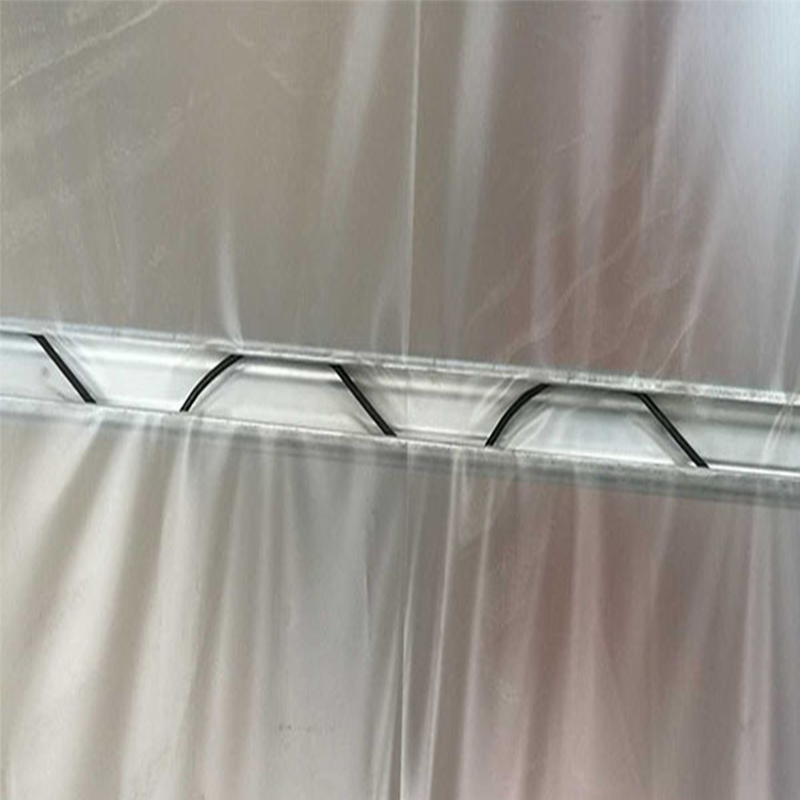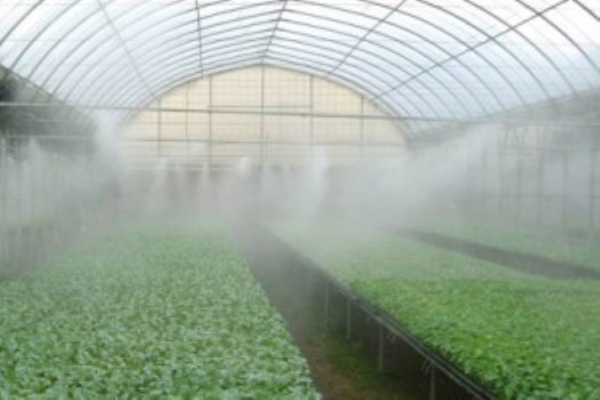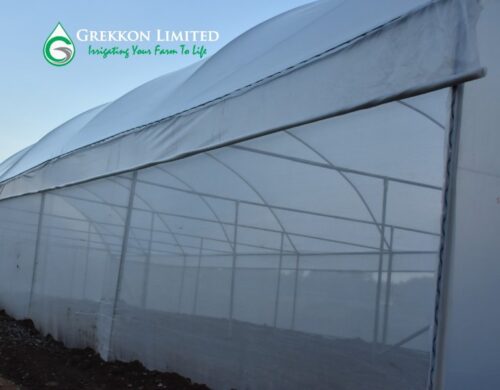Greenhouse Construction In Kenya
Greenhouse construction in Kenya vary from small units of 120M sq, to large commercial units occupying ten of acres. The table below shows common greenhouse sizes for small to medium acreageGreenhouse Construction in Kenya
A. Small
| Dimensions in meters | Tomato Crop Population | Price in KES |
| 15 x 8 | 600 | KES 195,000 |
| 24 x 8 | 800 | KES 275,000 |
| 30 x 8 | 1,200 | KES 365,000 |
| 40 x 8 | 1,500 | KES 530,000 |
| 48 x 8 | 1,600 | KES 600,000 |
B. Medium
| Dimensions in meters | Tomato Crop Population | Price in KES |
| 24 x 16 | 1,500 – 1,600 | KES 540,000 |
| 30 x 16 | 2,400 | KES 660,000 |
| 40 x 16 | 3,000 | KES 990,000 |
Greenhouse Construction In Kenya
Factors to consider- Land area. The area of the greenhouse will be restricted by the land area available to set it up
- Water availability. In water deficit locations, the size of the greenhouse will be limited by the the area that thos water volume will irrigate optimally
- Budget. Greenhouse constriction is a capital investment. The financial resources available will determine the size of the greenhouse built in a session
- Use. A greenhouse to propagate seedlings for a farm will be smaller in size than the greenhouses where these seedling are being established
Greenhouse construction in Kenya
These are the materials that determine our steel greenhouse construction prices in KenyaI. UV treated greenhouse polythene with anti drip properties
This is the key material that protects the crop from the elements of weather; sun, wind and rain. It creates the ‘greenhouse effect’, and minimises disease and pest incidences on the crop. It is either clear or yellow in color. Clear greenhouse polythene for fruiting crops, or in ornamentals, bi or multi colors. This is because it allows in more light which these need for photosynthesis, the process that makes food for the plants. Yellow is for vegetative crops, and mono color ornamentals. In mono color ornamentals, it intensifies the colorII. Galvanised steel bars
They provide structural support to the greenhouse, and also to the crop as ‘crop support structures’ for tall indeterminate crops such as; tomato, peppers, and cucumbersIII. UV treated high density insect nets
These nets keep away insect pests. They are for self pollinating (do not require external pollinators such as insects and birds) greenhouse cropsIV. Bird nets
These are only used in greenhouse crops that require insect pollination from bees, butterflies, hornets and many other pollinating insects. They allow in the insects, but keep away bird pests. An example of such a crop is strawberryV. Profiles
They are screwed onto the galvanised steel bars so that the greenhouse cover is tucked in themVI. Wiggle wires
Once the greenhouse cover is tucked in the profile, wiggle wires keep it in place so that it is not removed by wind or other physical force. Wiggle wires have a plastic covering to prevent damage to the greenhouse paper the are in direct contact with
Wiggle wires hold in place a clear greenhouse polythene sheet tucked in a profile
VII. Screws
The join the profiles to the galvanised steel structureVIII. Concrete
This is what supports the galvanised steel structures on the ground and keeps them upright
Humidification through misters in a seedlings propagation greenhouse
Related Posts

January 29, 2025 Greenhouse
Affordable Greenhouses In Kenya
As a greenhouse company in Kenya, our affordable greenhouses in Kenya vary depending on the size, design, choice of crop, and the level of...

January 27, 2025 GreenhouseGreenhouse paper
Greenhouse Paper In Kenya
Grekkon Limited's greenhouse paper in Kenya is of various rent characteristics. These characteristics determine it's overall performance on...
